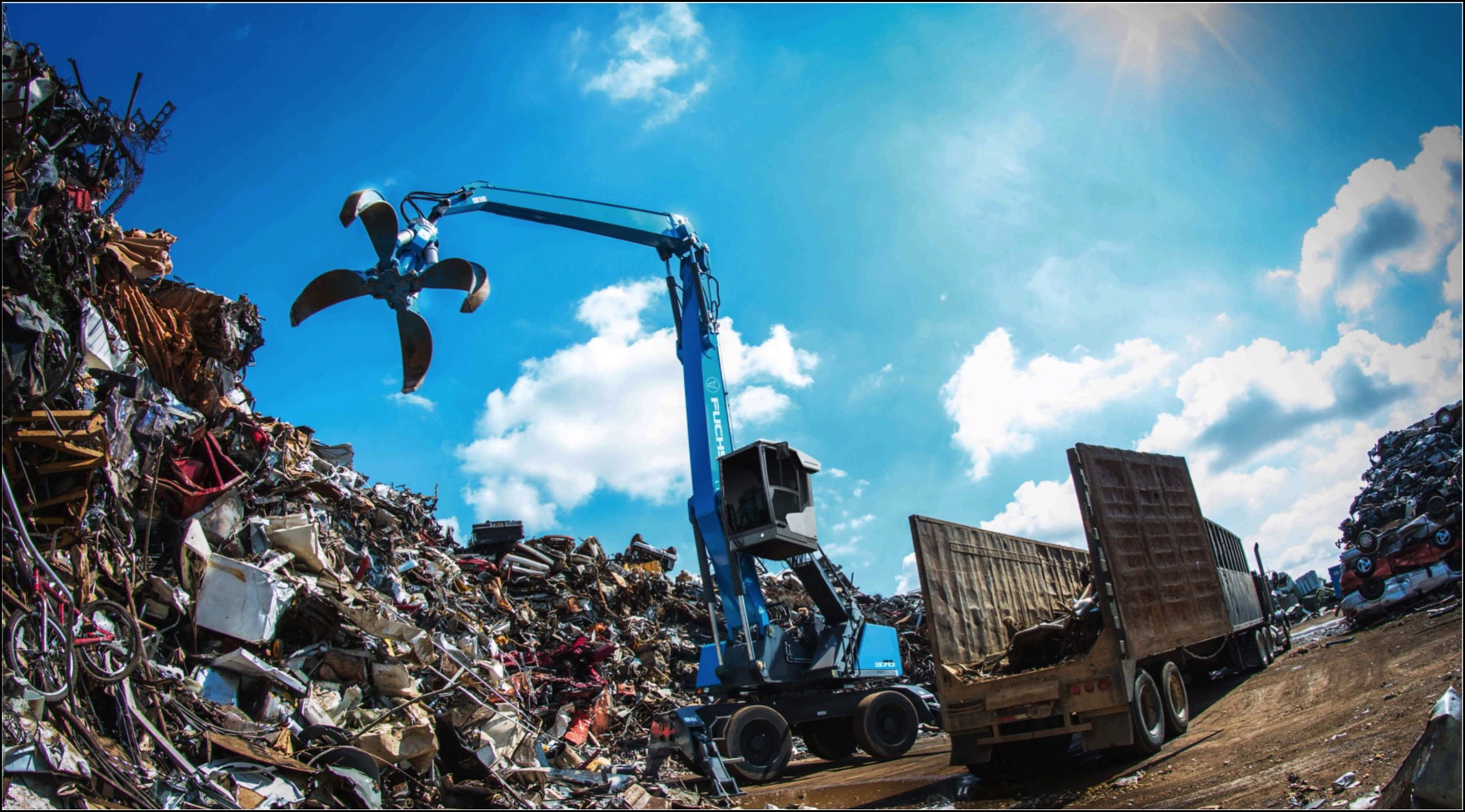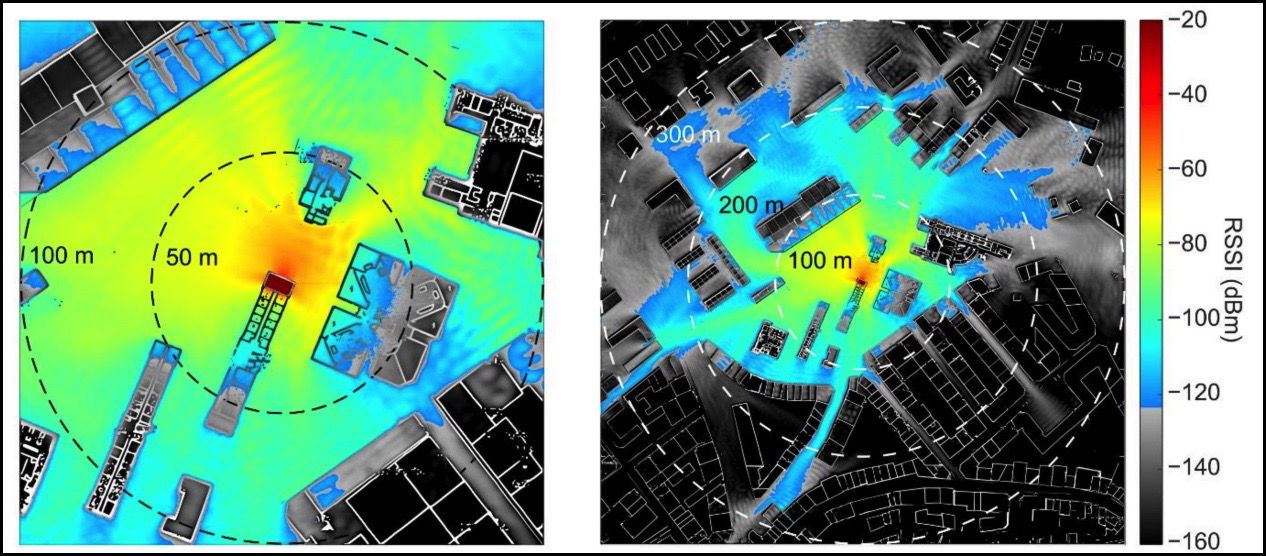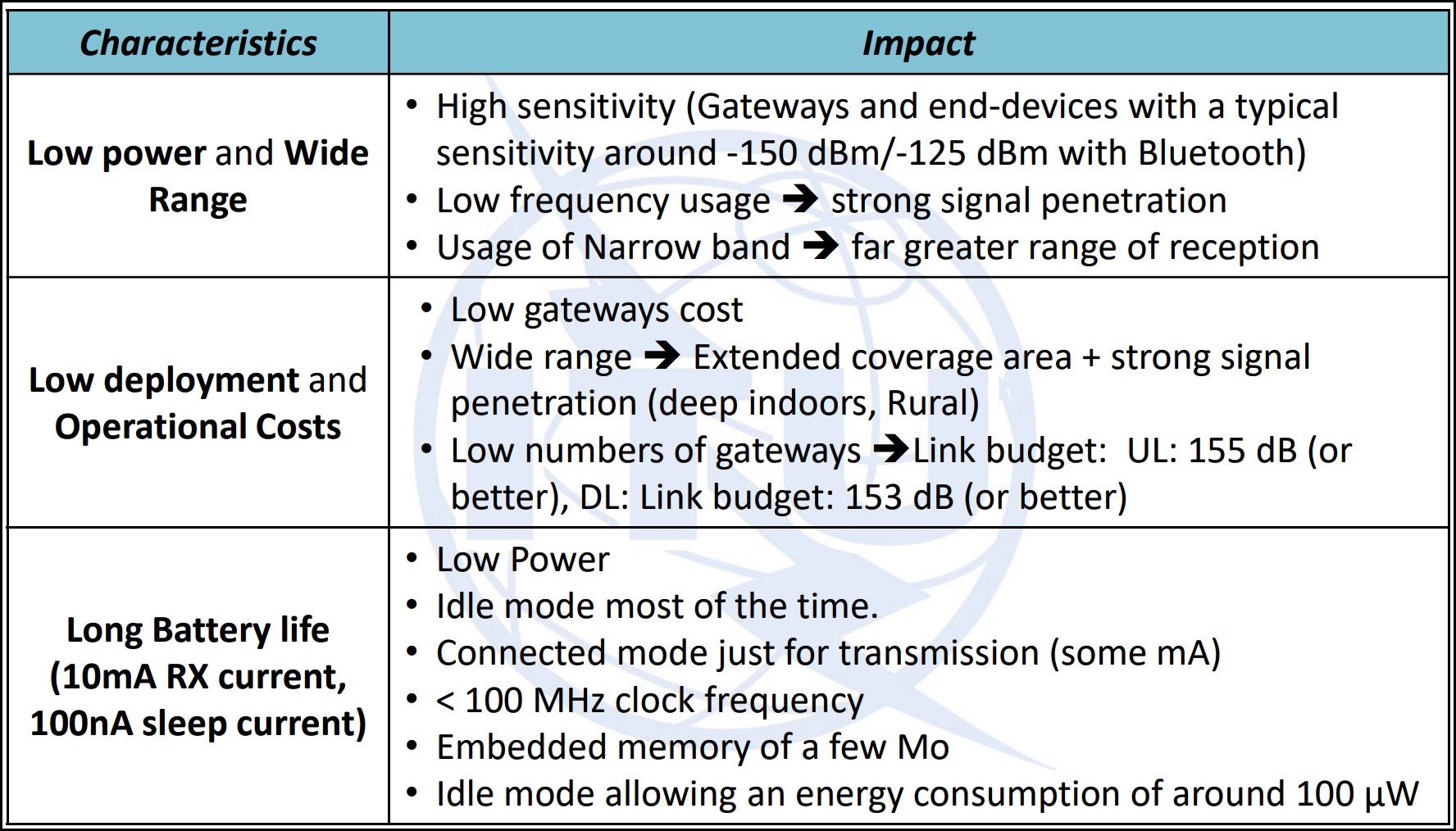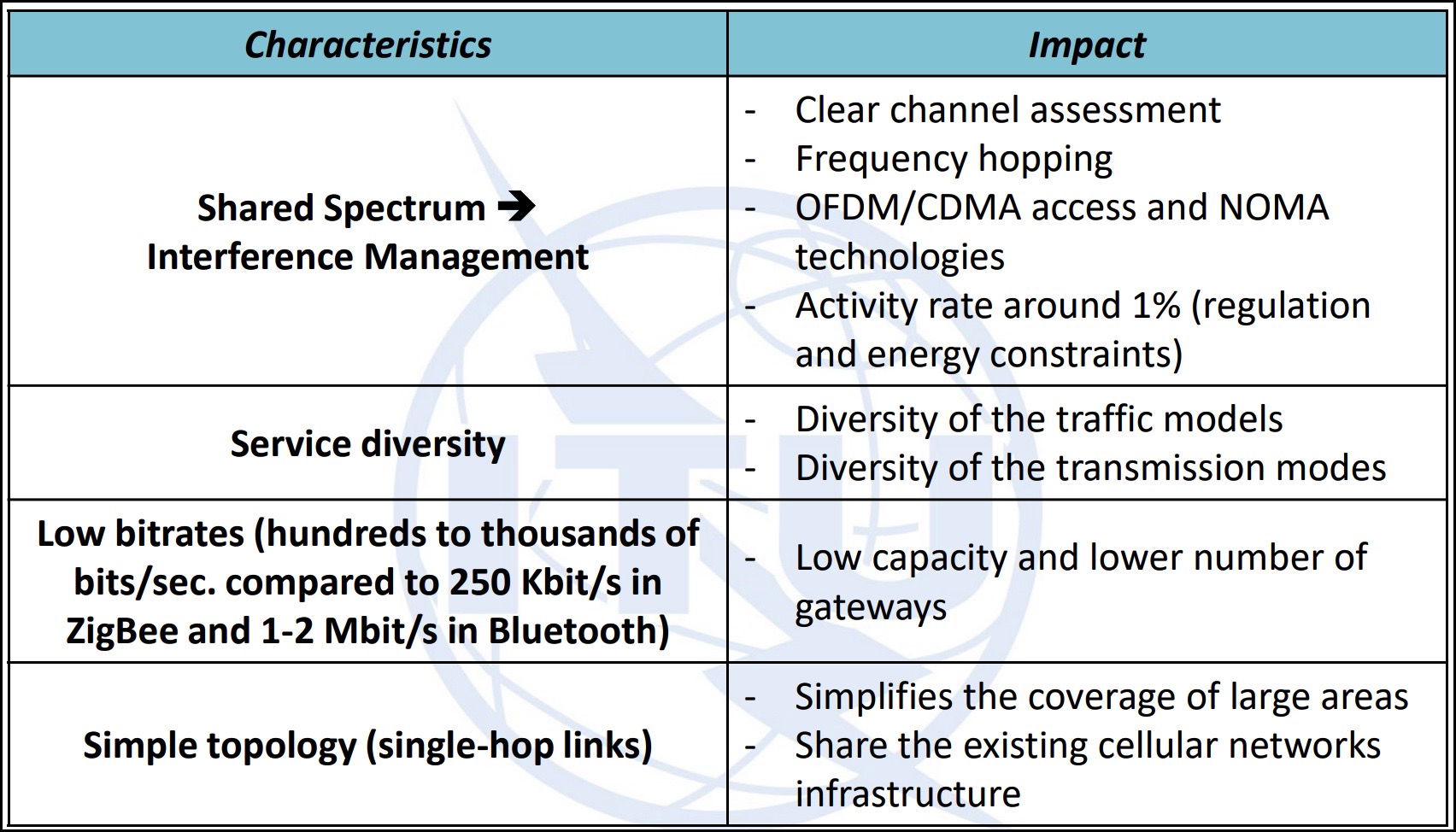
The Internet of Things (IoT) was a promising concept for many years. Finally, today we see this business growing in different countries and territories.
First, let's see the difference in Radio Planning for such industrial spots and regular buildings and other venues:
- The area is changing all the time, meaning that once-run coverage analysis is not working. It's something you need to perform continuously, BTS and IoT anchors will be replaced very often.
- The requirements for the reliability of the connection are super high. For instance, some driverless vehicles can't be out of the network connection for more than 3 sec – it simply stops and requires a manual restart.
Here's an example of a typical IoT planning request:
"We have objects with no walls outside. Such as open scrap yards with scrap metal storage (piles of metal up to 8 meters high, which are piled by wheeled special equipment (Fuchs) and loaded into wagons - there is a need to provide video flow from each of these machines (up to 5 cameras per car). These scrap sites are usually 300 by 800 metres and several (scattered far apart - more than a kilometre)"
Industrial Metal Supply Company

As you can imagine, this is far away from regular planning.
Let's see the main steps for the planning of IoT.
Selection of a propagation model
To model a radio channel, the following phenomena should be taken into account
- path loss, that implies power reduction of a radio signal because of the propagation through the space;
- shadowing, that implies the fluctuation of a radio signal between receiver and transmitter due to various obstacles, such as trees, buildings, etc.;
- multipath propagation, that implies numerous reflected components of a transmitted signal;
Besides, there are different types of propagation models used for wireless radio channel simulation:
- empirical models, that are based on measurements and observations and are linked to the environment;
- deterministic models, that are based on fixed geometry of buildings, streets, etc.;
- statistical models, that predicts channel parameters as stochastic variables;

General RNP algorithm
In order to plan a radio network in any environment, it is necessary first to assign and define network layout and criteria based on which radio plan can be considered acceptable (or solution to be considered feasible). Network layout implies such parameters as radio technology type, for which radio network plan is supposed to be done, number of planned base stations, characteristics of base stations (outdoor or indoor, micro or macro, etc.) and antennae (frequencies, sizes, patterns, etc.), number of user terminals, characteristics of user terminals (throughput, sensitivity level, etc.), etc. Criteria imply characteristics of the desired radio network, for example, a minimal level of SINR, number of the user terminal with certain received signal strength, total interference level, maximum allowed number of base stations, etc.

Equipment Location Algorithm
Thus, taking into account locations of sensors algorithm proposes possible locations of base stations in the refinery in such a way, that the following criteria shout be considered:
- maximum allowed number of planned base stations is not exceeded;
- base stations are not placed on the border of the refinery. Otherwise, base stations are inefficient, since they provide coverage outside the refinery area;
- predefined percentage of refinery area is covered with the minimum allowed SINR level. It is assumed that 99% of the refinery area should be covered with a minimum acceptable SINR value. If there are some places inside the considered area with SINR level less than the minimum allowed SINR level, then the algorithm continues adding or moving base stations; all planned base stations have approximately the same load and number of UTs;
- the maximum number of iterations is not exceeded. This limitation is introduced to decrease the processing time and avoid infinite moving of base stations by adding a new one.
IoT Specificities and Impacts on Network planning
For the IoT devices and their Specificities - it's important to remember that different devices require a different approach for planning.
Devices and Operational Cost


Rantastic supports planning for IoT starting from just 29$ per month at the moment.
Free trial for 30 days is available.
Contact us to schedule a demo — [email protected]
Check out ours other blog posts:
mmWave in a Glass House — Small Cell simulation💥🦾
Best Indoor Wireless Planning Software 2021
